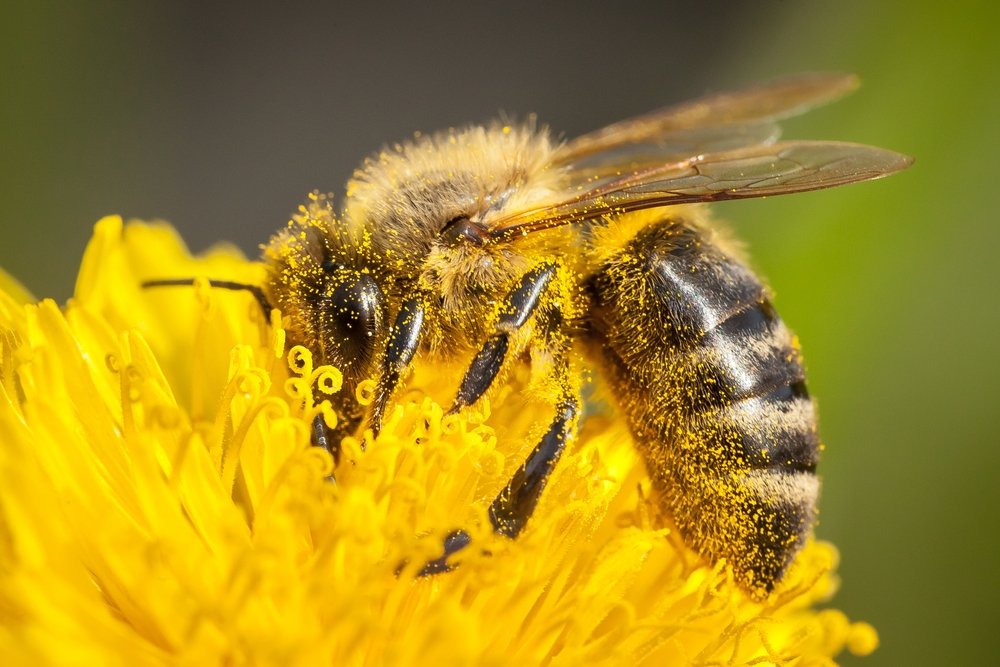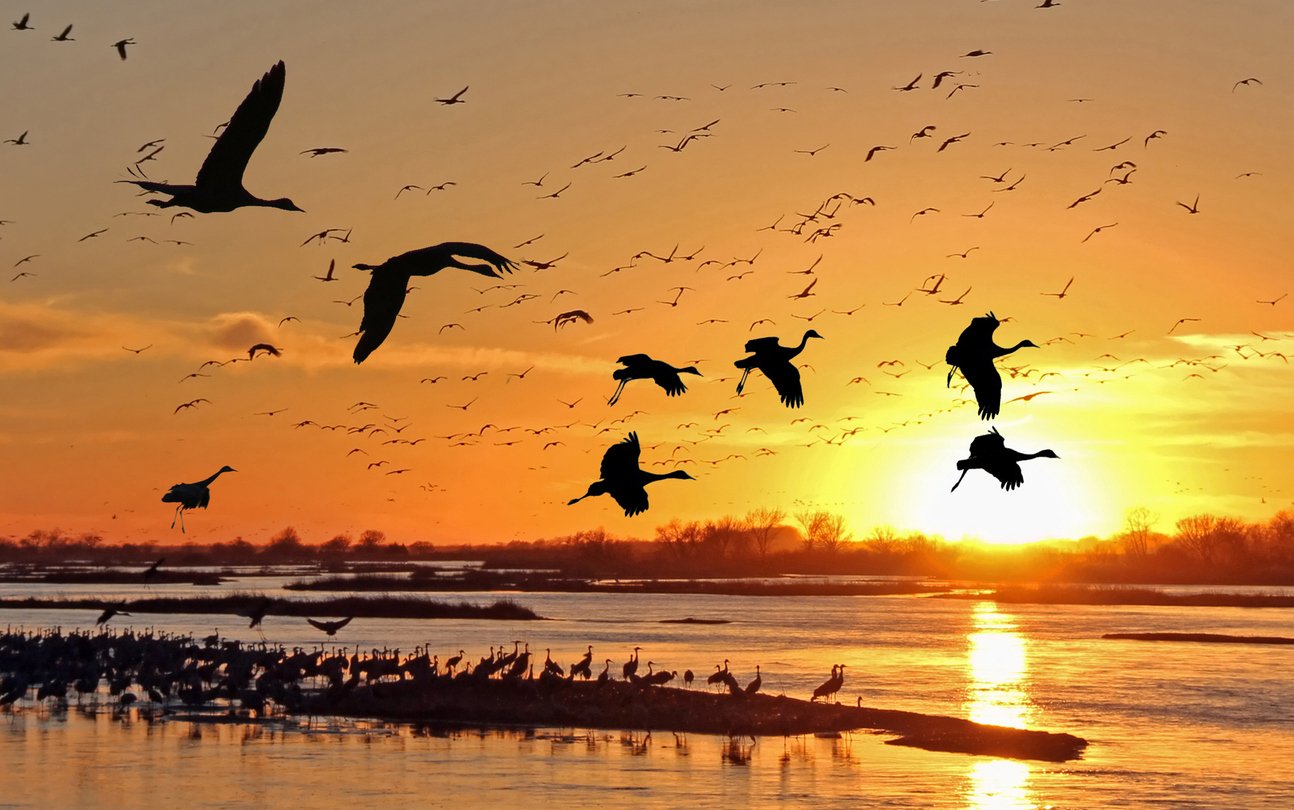Insects Are Disappearing and That’s a Bigger Problem Than You Think

It’s easy to overlook insects. They buzz, bite, and occasionally ruin a picnic. But they’re also holding the planet’s ecosystems together in ways we’re only beginning to understand. Recent studies show a sharp, ongoing decline in insect populations worldwide. We’re not just talking about rare beetles or exotic butterflies. Everyday pollinators like bees, ants, and even flies are vanishing in large numbers—and it’s not making headlines like it should.
The problem is, these tiny creatures play massive roles in food production, soil health, and even climate regulation. Without insects, many plants can’t reproduce, which affects animals that feed on them and ripples all the way up to humans. This silent extinction is a warning signal. If the species that support life at the base of the food chain are collapsing, then the species at the top—yes, us—won’t be far behind. It’s not just an environmental issue. It’s a survival issue.
Oceans Are Losing Oxygen and Marine Life Is Suffocating
The oceans are changing in a way that’s hard to see from the surface. But deep below, something alarming is happening. Oxygen levels are dropping. Scientists call it ocean deoxygenation, and it’s largely driven by climate change and nutrient pollution. This means fish and other marine species are literally gasping for breath—and some are disappearing from their habitats altogether.
Entire ecosystems are shifting or collapsing as once-thriving areas become dead zones where hardly anything can survive. If marine species can’t adapt or relocate fast enough, they die off. But the concern isn’t just about fish populations. Oceans are a major source of protein for billions of people. They’re also crucial for carbon absorption and temperature regulation on Earth. As marine biodiversity declines, the entire ocean system becomes more fragile—and with it, the stability of human food systems and global climate. When the oceans go silent, the consequences echo everywhere.
Amphibians Are Dying Off Faster Than Any Other Animal Group
Frogs, toads, and salamanders may seem like background characters in nature’s drama, but they’re actually some of the most sensitive and important indicators of environmental health. Right now, they’re also among the fastest disappearing animals on Earth. Habitat loss, pollution, climate change, and a devastating fungal disease are combining to wipe out amphibian populations at an alarming rate.
Their decline is a red flag for ecosystems everywhere. Amphibians serve as both predators and prey in their environments, keeping insect populations in check and providing food for birds and reptiles. If they vanish, those food webs can collapse entirely. What’s more, their skin absorbs toxins, making them early detectors of water and air quality problems—problems that could later affect humans. The speed at which they’re going extinct isn’t just tragic. It’s a countdown. And it could signal how fast other species—including ours—might follow if environmental conditions keep worsening.
Plants Are Quietly Going Extinct and We’re Losing Our Medicine Cabinet
When we think about extinction, we often picture animals. But plants are vanishing, too—and they’re doing it quietly. Over 40 percent of the world’s plant species are at risk of disappearing, and many already have. These aren’t just wildflowers in remote jungles. We’re talking about potential food crops, herbal medicines, and even the trees that purify our air and anchor our soils.
Losing plant biodiversity is like erasing nature’s pharmacy. Many life-saving drugs have been derived from rare plants, and thousands more haven’t even been studied yet. Once a plant goes extinct, its genetic information and potential are lost forever. What’s worse, plant extinction directly affects ecosystems by reducing the diversity animals and humans rely on. A single missing species can lead to the decline of entire habitats. As the green layer of the Earth fades, so does our resilience. In this silent extinction, the loss of plants is a warning that’s being largely ignored—but one we can’t afford to miss.
Birds Are Vanishing and So Are Nature’s Alarm Bells

Birds are more than background music to our morning routines. They’re indicators of ecosystem health, pollinators, pest controllers, and seed spreaders. Yet, across the globe, bird populations are plummeting. In North America alone, nearly 3 billion birds have disappeared in the past 50 years. The reasons? Habitat loss, climate change, pollution, and a disturbing decrease in insect populations.
The disappearance of birds is a major concern for both nature and humanity. When birds vanish, it’s usually a sign that something has gone deeply wrong in the environment. Their loss signals collapsing ecosystems—ones that humans also depend on. From forests that won’t regenerate without seed-dispersing birds to agricultural fields left vulnerable to pests, the ripple effects are vast. And because birds often migrate across continents, their decline tells us that the extinction crisis isn’t local—it’s global. Their silence could soon echo our own vulnerability.
Coral Reefs Are Dying And Taking Coastal Protection With Them
Coral reefs may look like underwater fairylands, but they’re far from just a pretty view. These vibrant ecosystems are the rainforests of the ocean, supporting 25 percent of all marine life. But climate change, overfishing, and pollution have pushed coral reefs to the brink. Coral bleaching is occurring at record levels, leaving entire reef systems ghostly and lifeless.
When coral reefs die, marine biodiversity takes a huge hit. But it doesn’t stop there. Coral reefs act as natural barriers that protect coastlines from storms and erosion. Without them, coastal communities become more vulnerable to hurricanes, flooding, and rising sea levels. Entire economies that depend on tourism and fishing also suffer. What’s happening underwater might seem far removed from everyday life, but coral reef collapse is yet another thread unraveling in Earth’s intricate safety net—and our place in it grows shakier with every dying reef.
Soil Is Losing Its Life And With It, Our Food Security
It’s easy to take soil for granted. But beneath our feet lies a complex, living system full of microorganisms, fungi, and nutrients that make agriculture possible. Right now, that system is breaking down. Soil degradation caused by industrial farming, deforestation, and overuse of chemical fertilizers is leading to nutrient-depleted, compacted dirt that can no longer support healthy crops.
This silent degradation is a slow-moving disaster. As soil becomes less fertile, food yields decline, and we face greater risks of famine and food shortages—especially in regions already struggling with hunger. Healthy soil also stores carbon and filters water, meaning its loss adds to climate instability. Without action, we’re headed toward a future where fertile land is increasingly rare, and the food we grow on it is less nutritious and less abundant. It’s not just a farming problem—it’s a direct threat to the sustainability of human life on Earth.
Keystone Species Are Disappearing and Ecosystems Are Crumbling
In nature, some species play an outsized role in keeping everything together. These are called keystone species. Think wolves in Yellowstone or elephants in African savannas. When these species disappear, the ripple effects are massive. Ecosystems begin to collapse, prey populations explode, plant diversity suffers, and entire habitats change—often for the worse.
The extinction of a single keystone species can be like pulling the cornerstone from a building. Everything starts to fall apart. Unfortunately, many keystone species are endangered due to poaching, habitat loss, and climate disruptions. As they vanish, ecosystems lose their balance, and the services they provide—clean air, water filtration, climate regulation—begin to fail. Human well-being is tied to these systems in ways we often overlook. If keystone species disappear, we won’t just mourn their absence. We’ll feel it in the water we drink, the air we breathe, and the landscapes we depend on.
Extinction Disrupts the Web of Life and We’re Caught in It

Every species on Earth is part of a web. Some threads are delicate, others are strong, but they’re all connected. As species go extinct, the web frays. The more it frays, the more unstable it becomes—and eventually, it starts to collapse. The current rate of extinction, driven by human activity, is estimated to be up to 1,000 times higher than natural background rates. That’s not just a statistic—it’s a flashing red warning light.
The unraveling of biodiversity threatens everything from food security to mental health. Losing the natural world means losing access to wild foods, medicines, clean water, and even the emotional and spiritual benefits that nature provides. The extinction crisis isn’t happening in isolation. It’s happening around us and to us. The idea that humans are immune to these changes is a dangerous illusion. In this web of life, when enough threads break, no one including us stays safe.
